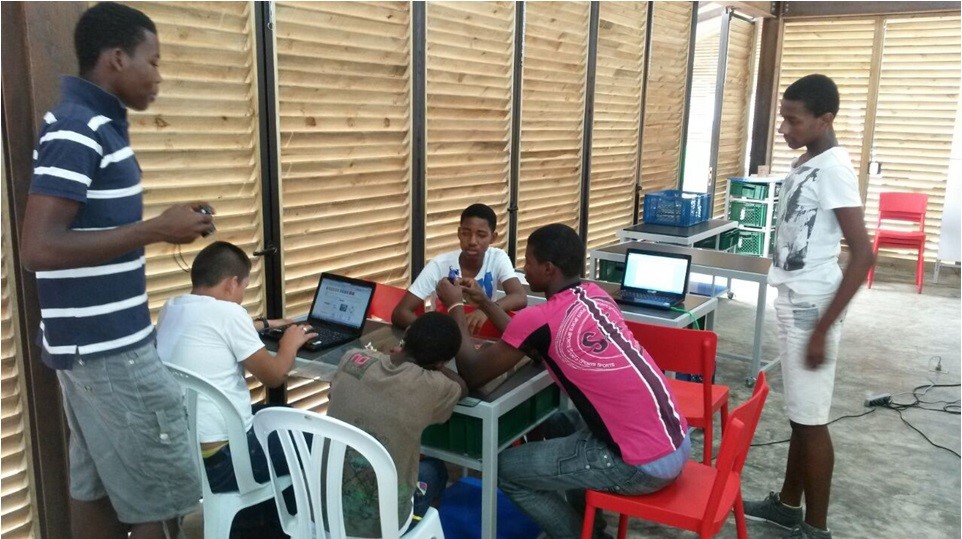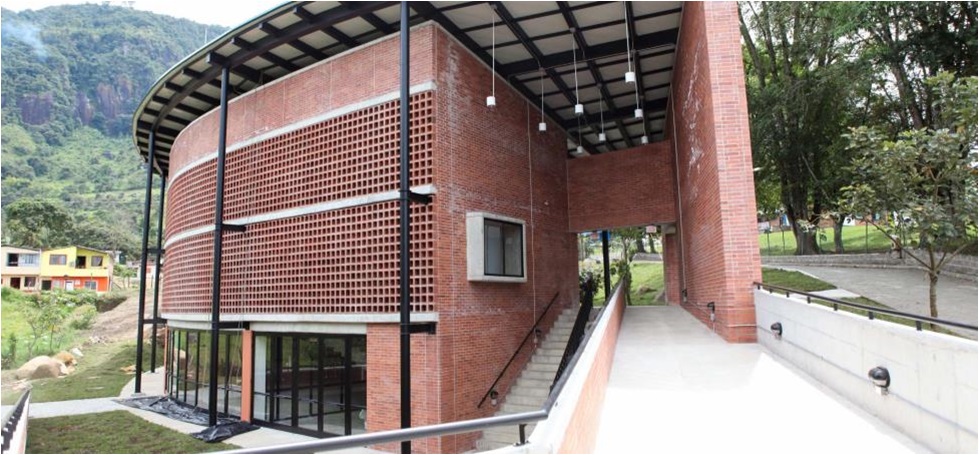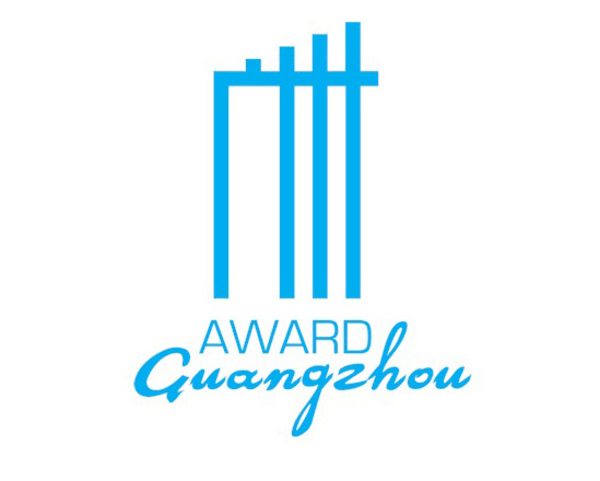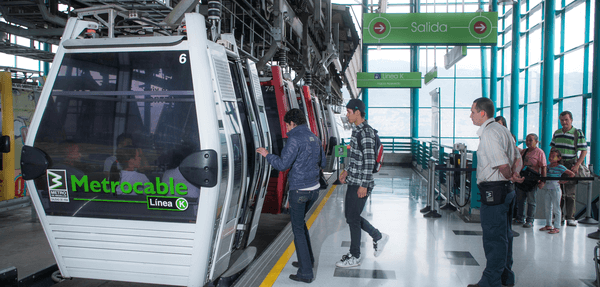City
Antioquia (Departement)
Main actors
Local Government, Regional Government, Private Sector, Community / Citizen Group
Project area
other
Duration
Ongoing since 2012
Building on a widely-hailed experiment in Medellin, the entire surrounding province of Antioquia has set up a network of 80 educational parks designed to supplement traditional education with programs to honor young peoples' inherent skills and citizenship potentials.
The educational programs that are being developed are designed to promote science, technology, research and innovation, connectivity and entrepreneurship, as well as arts and culture. Each of the parks is being designed by architects through design competitions to give each park a unique and local identity. In Medellin park libraries were set up, even in some of the poorest city neighborhoods. Not replacing formal school systems, the regional parks are designed to attract local talent, capacities and skills among youth, including promoting a culture for peace and civic values.
The program began as a strategy within the development plan “Antioquia, the Most Educated” and has become the main driver to transform education in Antioquia and create opportunities for regional development. Through a widespread mobilization, local authorities and communities competed to win their Park. A public policy that will support the Network of 80 Educational Parks that are being built is currently being developed and municipal authorities are signing local council agreements and citizens’ pacts to guarantee sustainability.
Guangzhou Award
This project was awarded the 'Guangzhou Award' in 2014.
On Map
The Map will be displayed after accepting cookie policy












